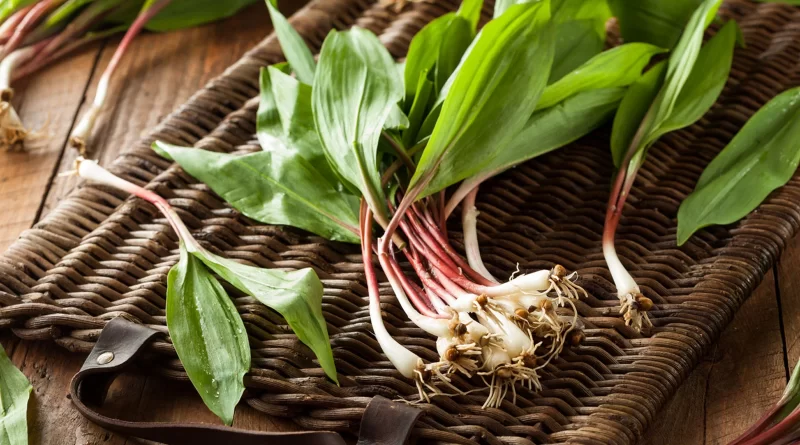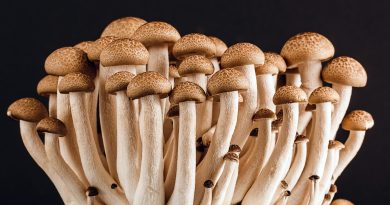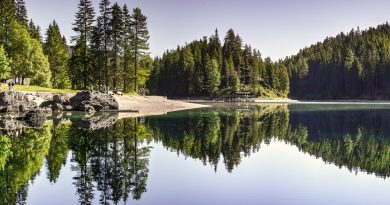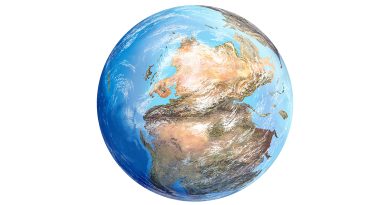Here’s how fruits and vegetables looked before we started growing them in our gardens
Think about this the next time you eat a piece of watermelon or a corn cob: these common fruits and vegetables didn’t always look and taste this way.
Genetically modified foods, or GMOs, get a lot of attention these days, but people have been changing the genes of their favorite foods for thousands of years.
With GMOs, genes from other organisms, like bacteria, may be spliced into plants to give them desirable traits, like resistance to pests. With selective breeding, on the other hand, farmers choose and grow crops with those traits over time.
From bananas to eggplant, here are some foods that looked very different before people started growing them for food.
Wild watermelon
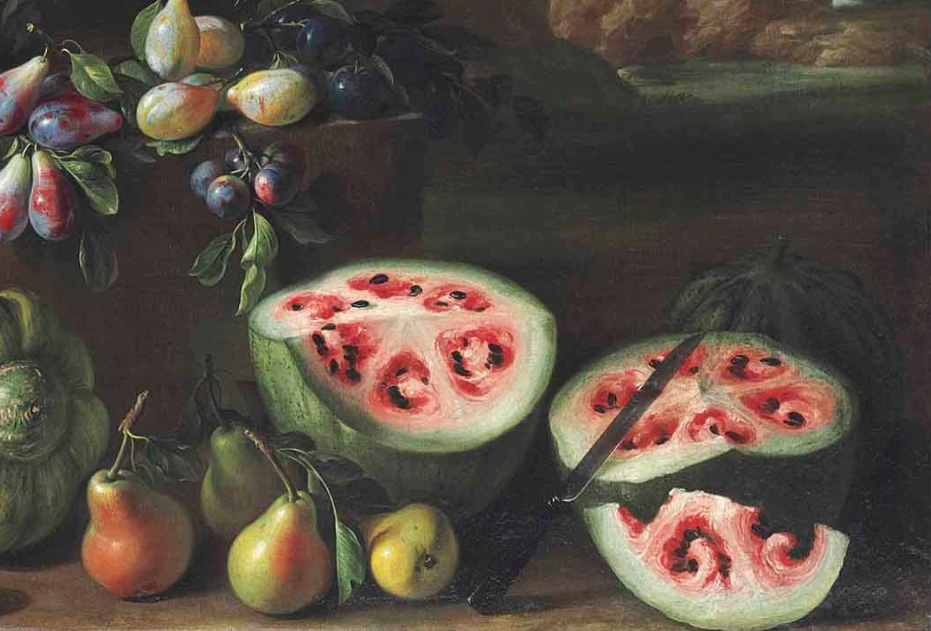
Vox says that this detail from a painting by Giovanni Stanchi from the 1600s shows a watermelon that looks very different from modern melons. The one in the painting, which was made between 1645 and 1672, looks like it has swirly shapes inside six triangle-shaped pieces that look like pies.
Modern watermelon
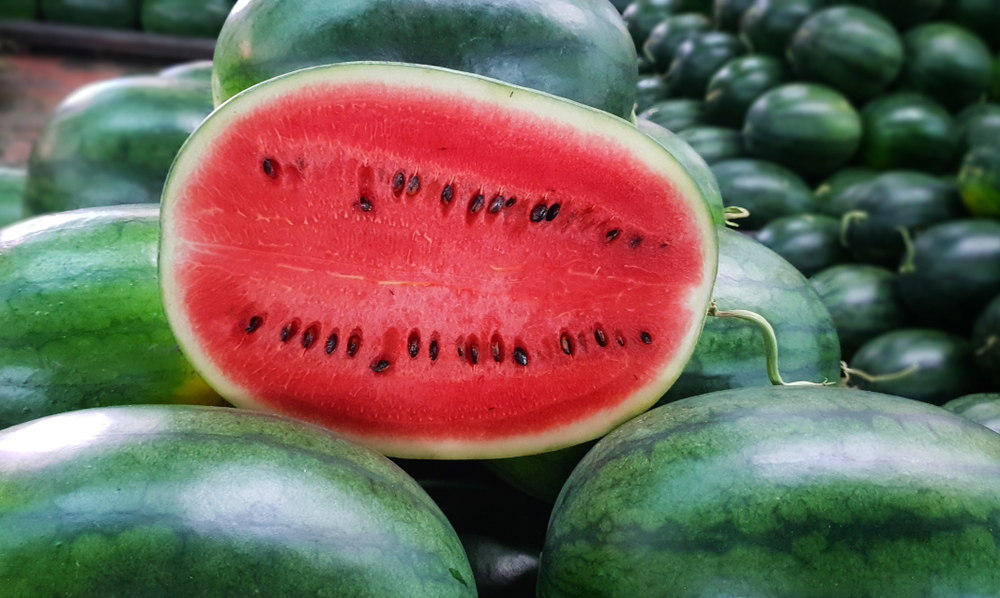
Over time, people have changed watermelons so that they have a red, fleshy center, which is actually the placenta. Some people think that the watermelon in Stanchi’s painting might just be unripe or dry, but the black seeds show that it was ripe.
Wild banana
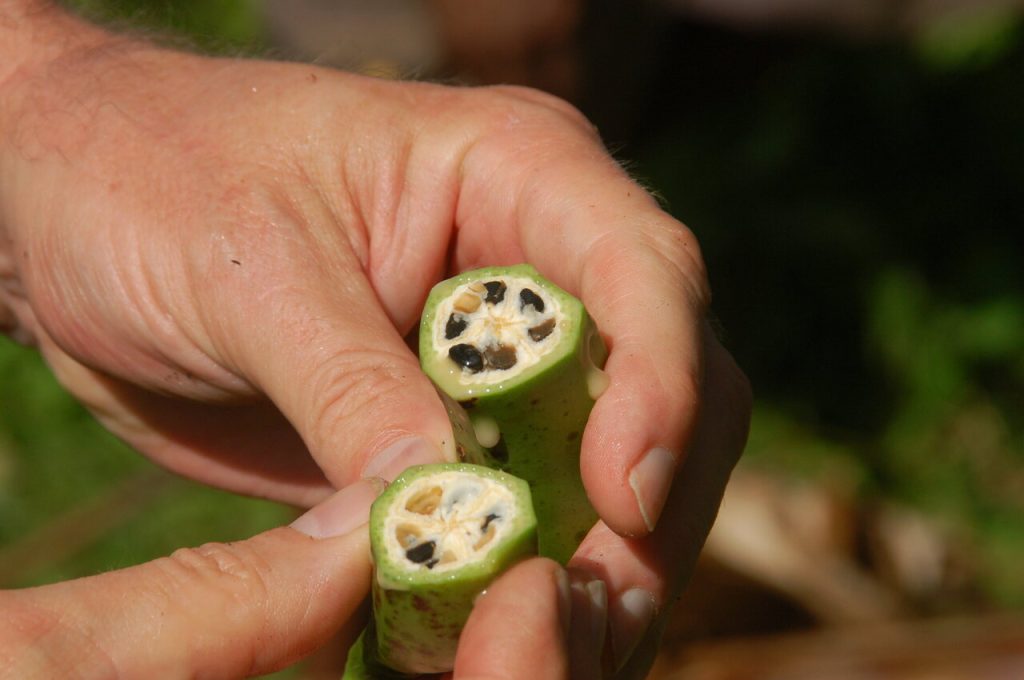
The first bananas may have been grown in what is now Papua New Guinea at least 7,000 years ago, and maybe even 10,000 years ago. Southeast Asia was another place where they grew. Musa acuminata and Musa balbisiana, which were found in the wild, were the ancestors of modern bananas. Their big, hard seeds, like the ones in this picture, were what made them useful.
Modern banana
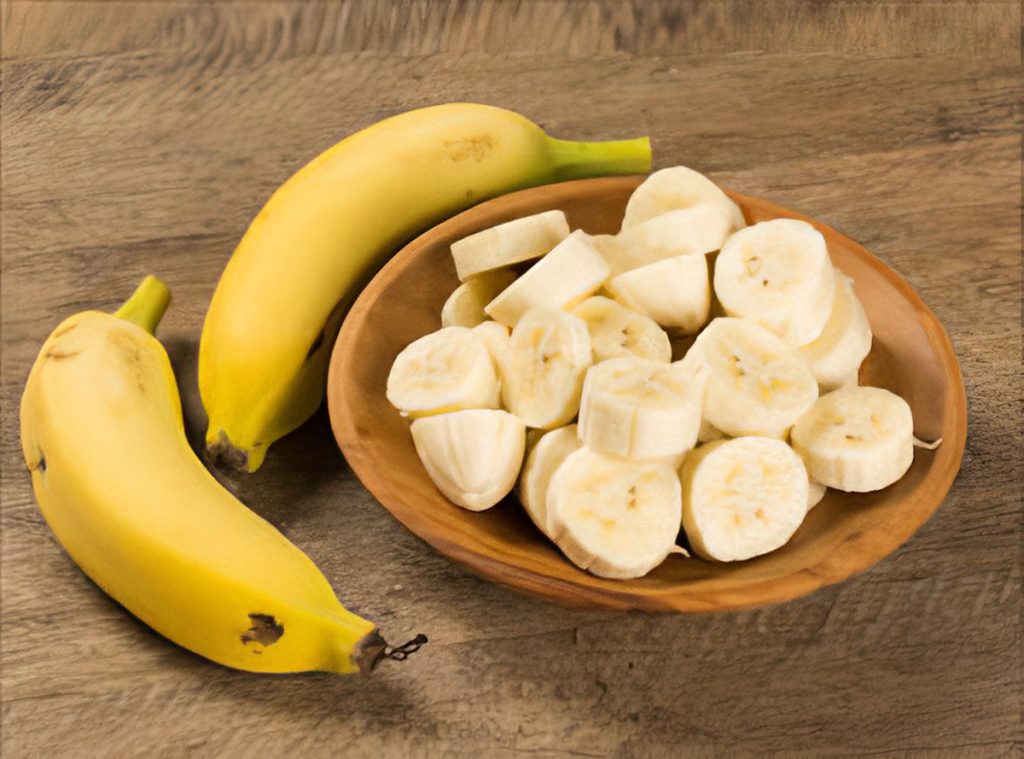
The result was the tasty banana we know today, with its easy-to-grasp shape and peelable skin. Compared to its ancestor, this fruit’s seeds are much smaller, it tastes better, and it is full of good things for your body.
Wild eggplant
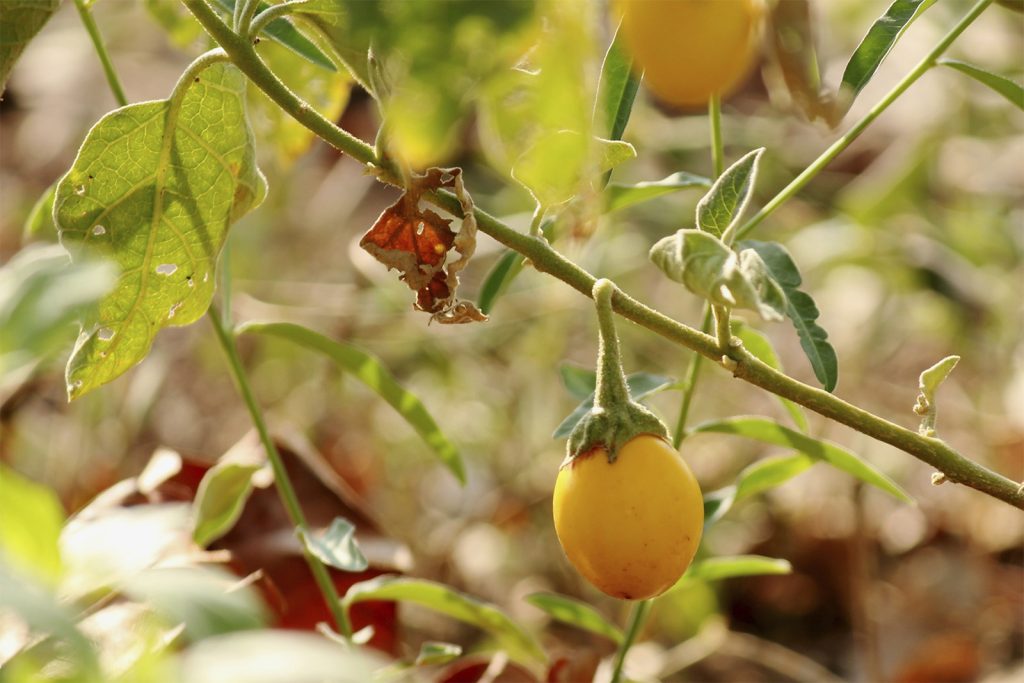
Eggplants have always come in a lot of different shapes and colors, like white, azure, purple, and yellow, as shown here. China was one of the first places where eggplants were grown. In the past, there were spines on the part of the plant where the stem met the flowers.
Modern eggplant

But through breeding, the spines have been taken off and the purple vegetable has grown to be larger and more oblong. It can be found in most grocery stores.
Carrot wild

Carrots were first grown in Persia and Asia Minor around the year 1000. People thought that these used to be purple or white with a thin, forked root like the ones shown here, but they lost their purple color and turned yellow.
Modern carrot
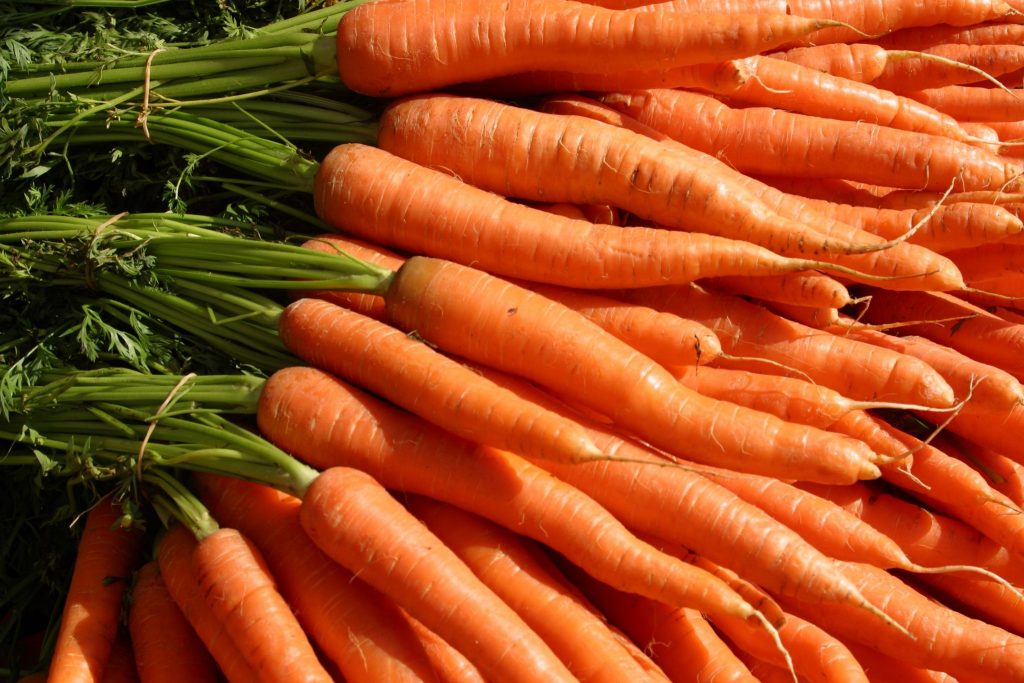
Farmers turned these thin, white roots, which had a strong taste and a flower that only grew every two years, into these large, tasty orange roots that grow every winter.
Wild corn

The North American sweetcorn plant, which came from the teosinte plant, is probably the most famous example of selective breeding. This infographic by chemistry teacher James Kennedy says that corn was first tamed around 7,000 BC and was as dry as a raw potato back then.
Modern corn
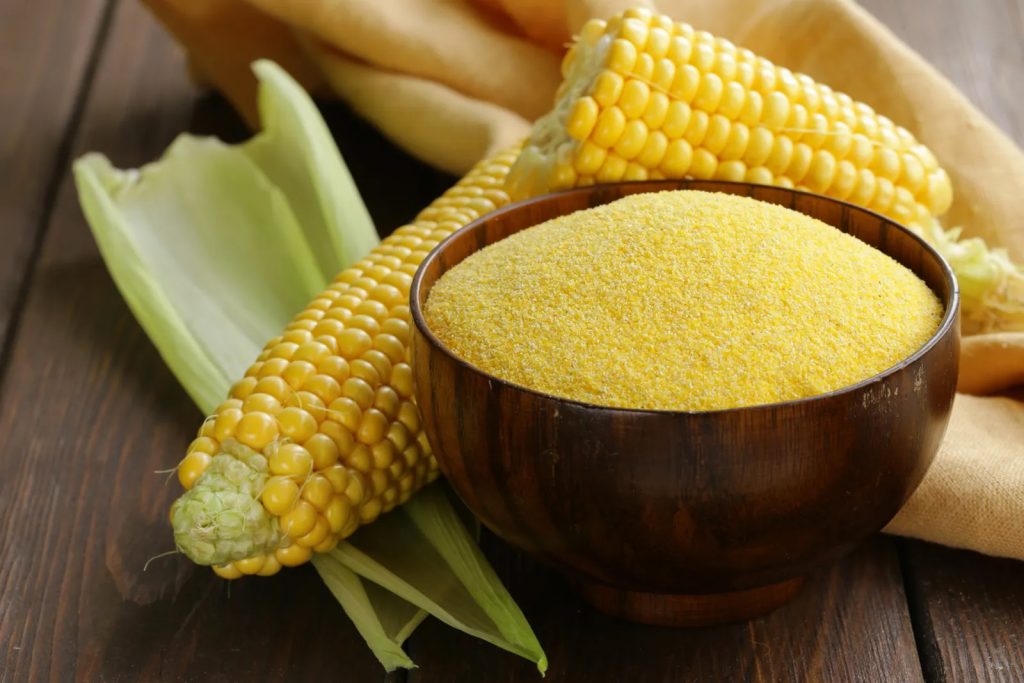
Corn is 1,000 times bigger and easier to peel and grow than it was 9,000 years ago. Kennedy says that 6.6% of it is made up of sugar, while only 1.9% of natural corn is made up of sugar. About half of these changes happened after European settlers began growing the crop in the 1500s.
Peach wild
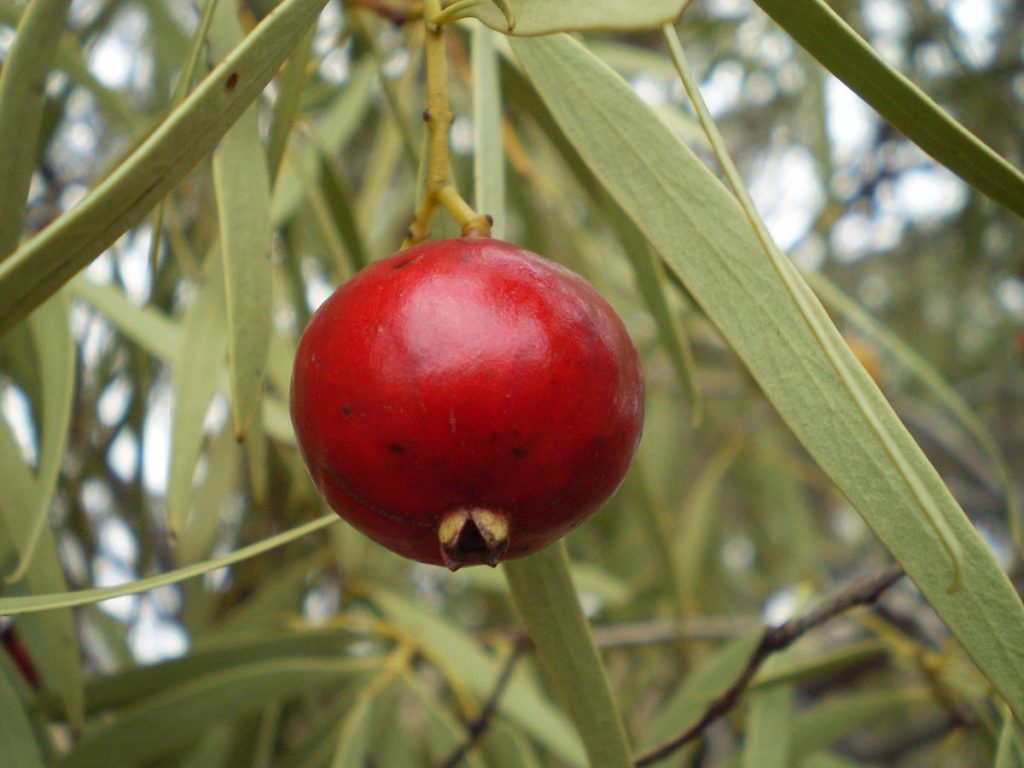
Peaches used to be small fruits with little flesh that looked like cherries. They were first tamed by the Chinese around 4,000 BCE, and Kennedy says they tasted “like a lentil”—earthy and a little bit salty.
Peach of today
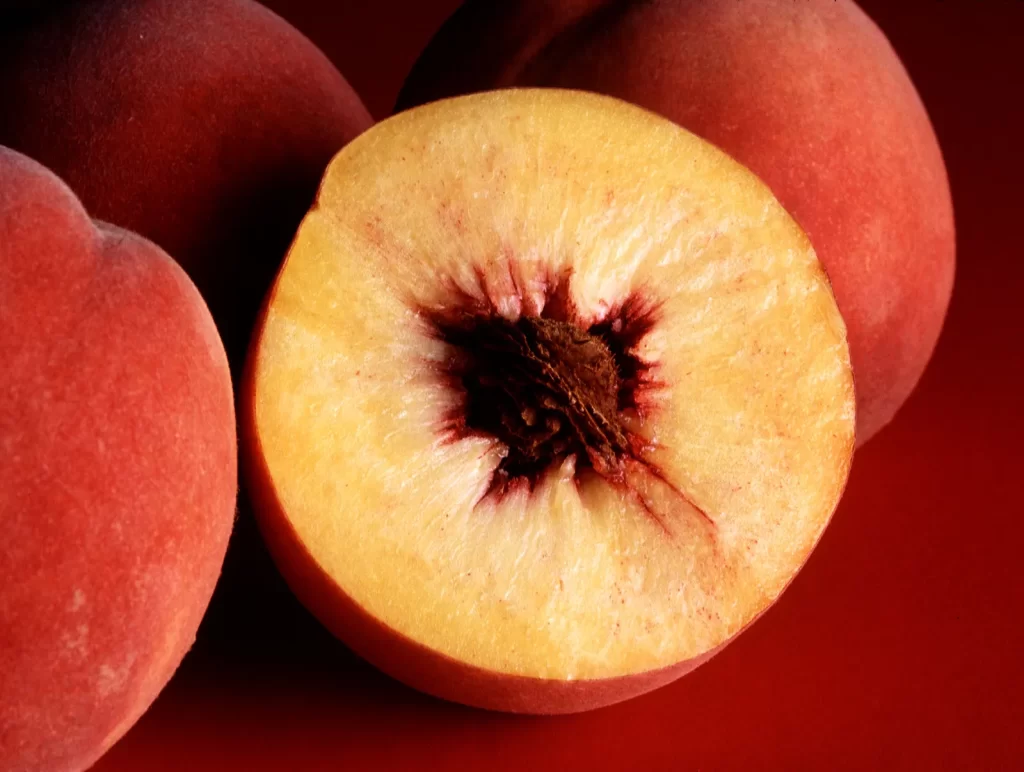
But farmers have been carefully breeding peaches for thousands of years, and now they are 64 times bigger, 27 percent juicer, and 4 percent sweeter.
So the next time someone tells you that we shouldn’t eat GM food, you can tell them that we already do.
